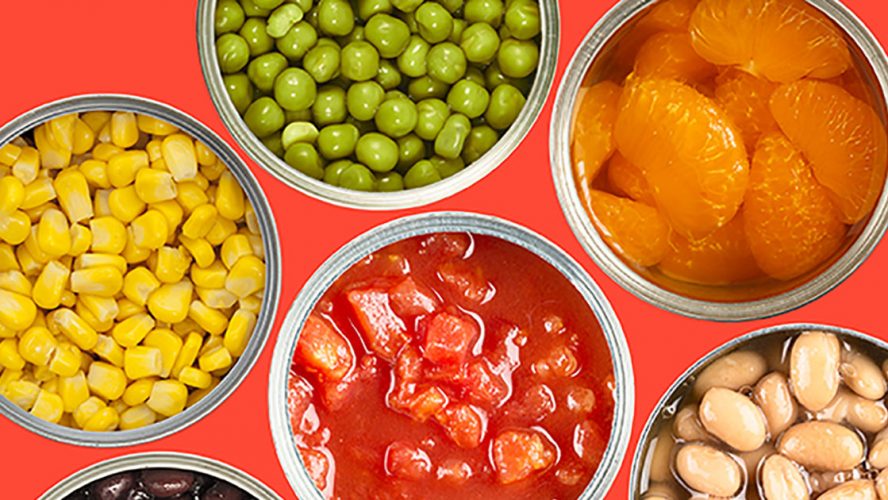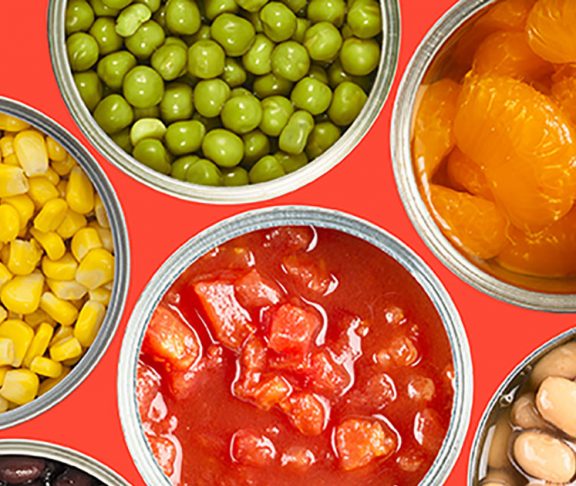Despite the best of intentions, consuming the ideal amount of healthful foods is easier said than done. Take the produce department: U.S. Department of Agriculture research finds Americans waste 15 to 20 percent of fresh fruits and vegetables they purchase each year. One option is purchasing canned items—especially if you have kids.
“Nine out of 10 American children are not eating enough vegetables, and 6 out of 10 kids do not eat enough fruit,” says Rich Tavoletti, Executive Director, Canned Food Alliance. “A recent NHANES study showed that kids who ate canned fruits and vegetables increased their overall consumption of fruits and vegetables, enjoyed a better diet quality overall and increased intakes of certain nutrients. We recommend keeping all forms of fruits, vegetables and beans on hand, whether they are canned, fresh, frozen, dried or 100 percent juice.”
Food for thought
According to the Journal of Nutrition and Food Sciences, canned foods often provide needed nutrients at a lower cost. Canned foods also require no refrigeration and little preparation.
“Unfortunately,” Tavoletti explains, “there is a misperception that ‘fresh is always best,’ leaving consumers confused about what they should feed their families.” Canned foods, in some cases, are actually more nutritious, because of the canning process. According to the USDA National Nutrient Database for Standard Reference, one-half cup of canned tomatoes provides 11.8 milligrams of lycopene, compared with 3.7 milligrams found in one medium fresh, uncooked tomato.
Getting creative
School Nutrition Association President Becky Domokos-Bays says fruits and veggies, overall, are playing a bigger role.
“School cafeterias are using a variety of methods to promote healthier choices to students. Often, the first hurdle is getting students to take that first bite. Through taste tests, free samples and produce-of-the-month promotions, schools are gradually introducing students to unfamiliar produce.”
For breakfast, choosemyplate.gov suggests decorating your child’s cereal bowl with a smiley face using sliced bananas, raisins and an orange slice. Tavoletti adds, “Adding fiber-rich foods, and vegetables like spinach or a can of vitamin A-packed pumpkin, can spice things up and provide essential vitamins kids need to grow.”

